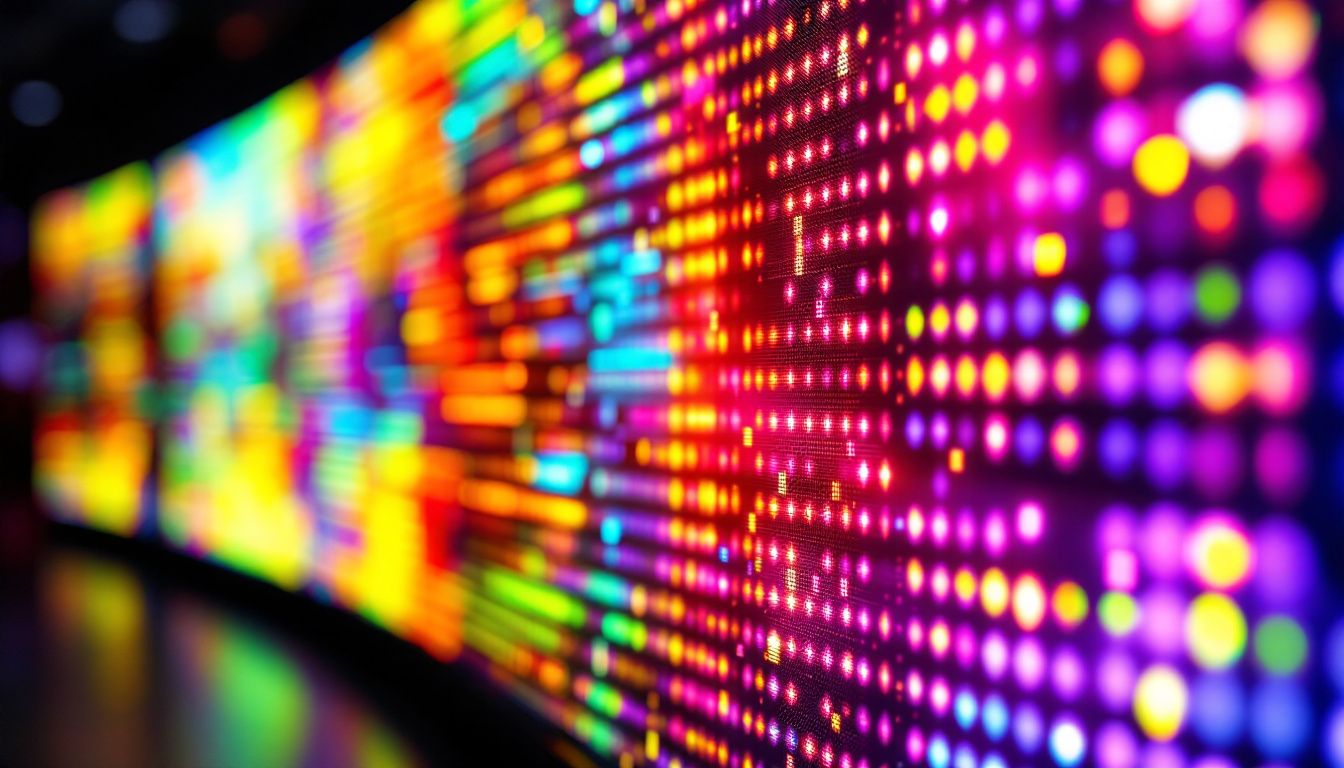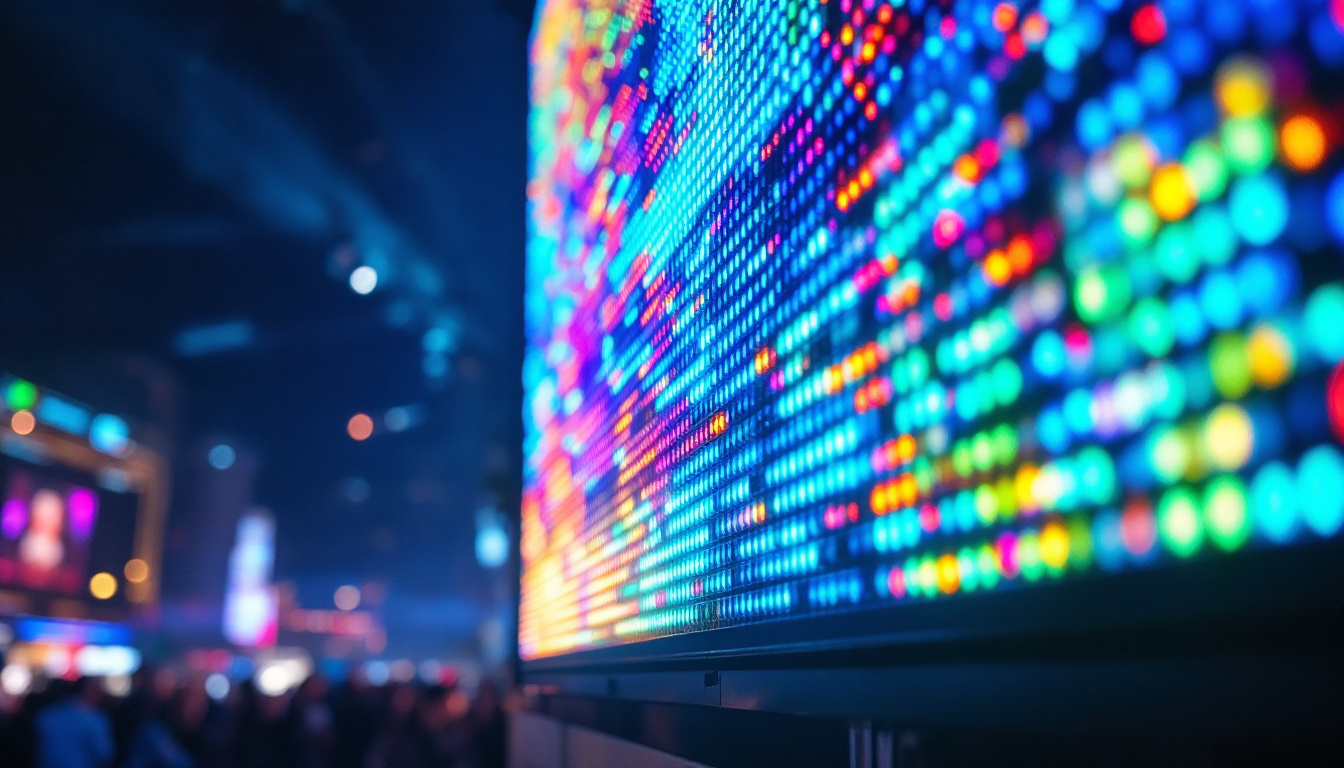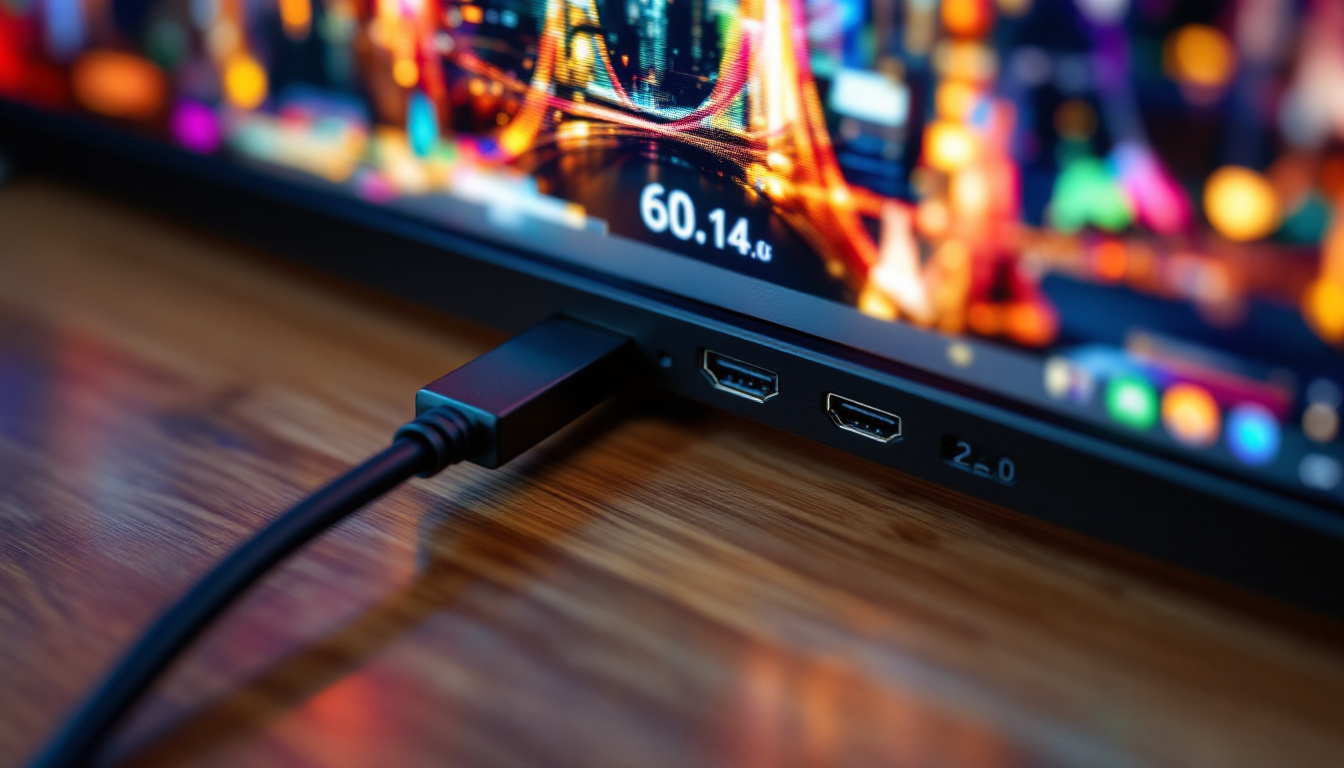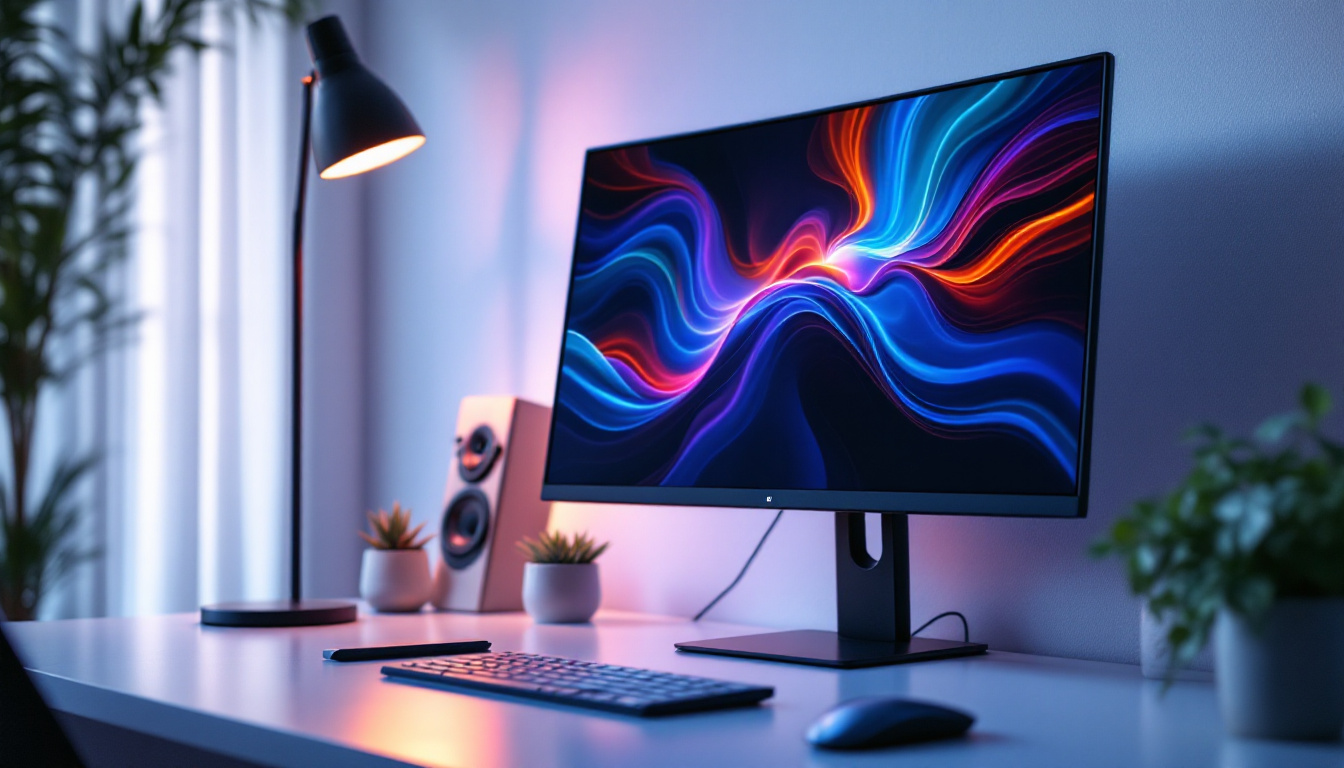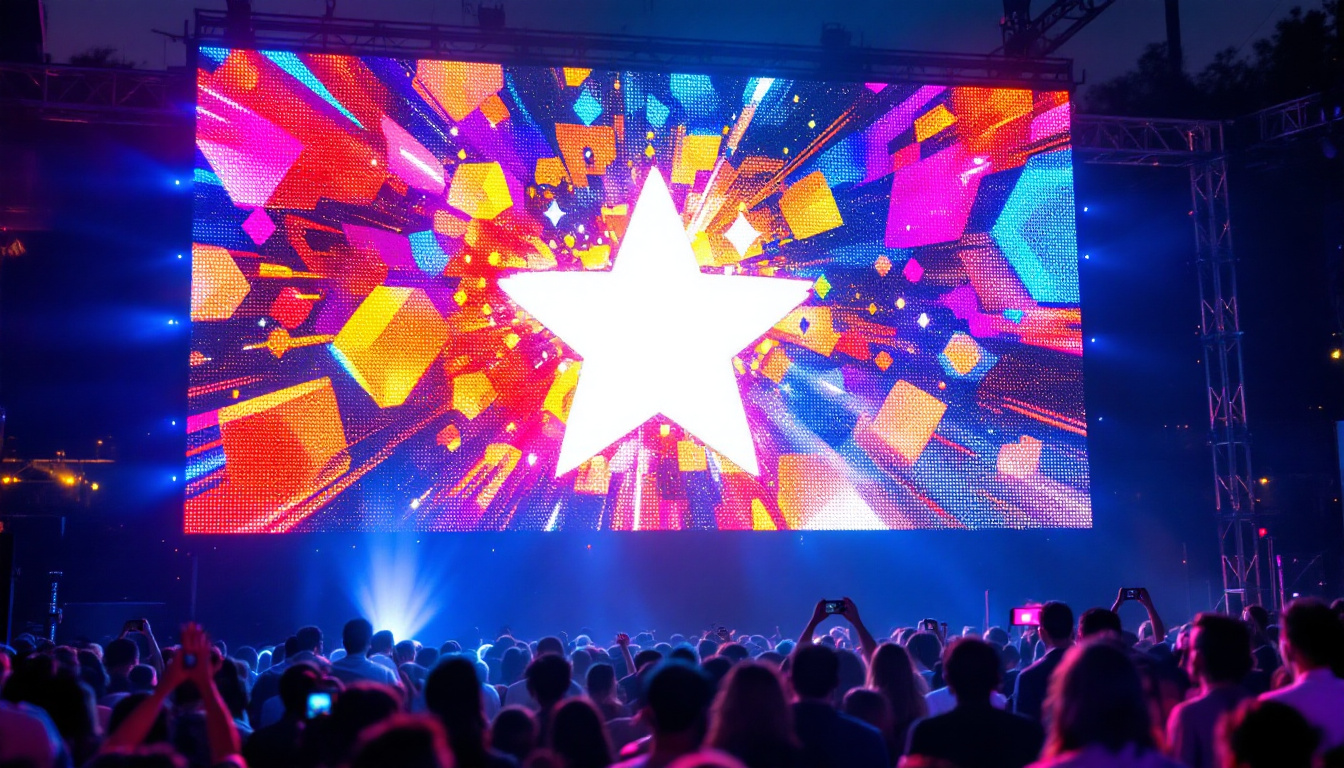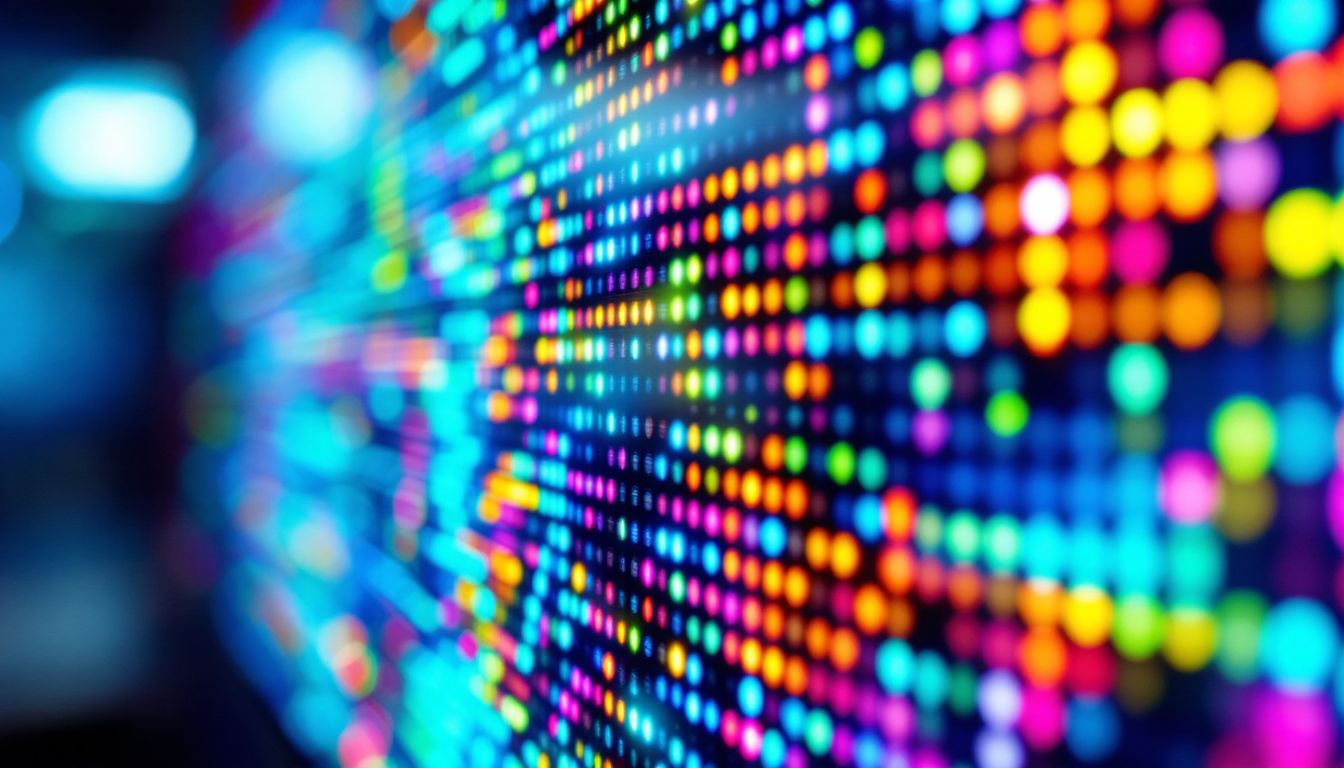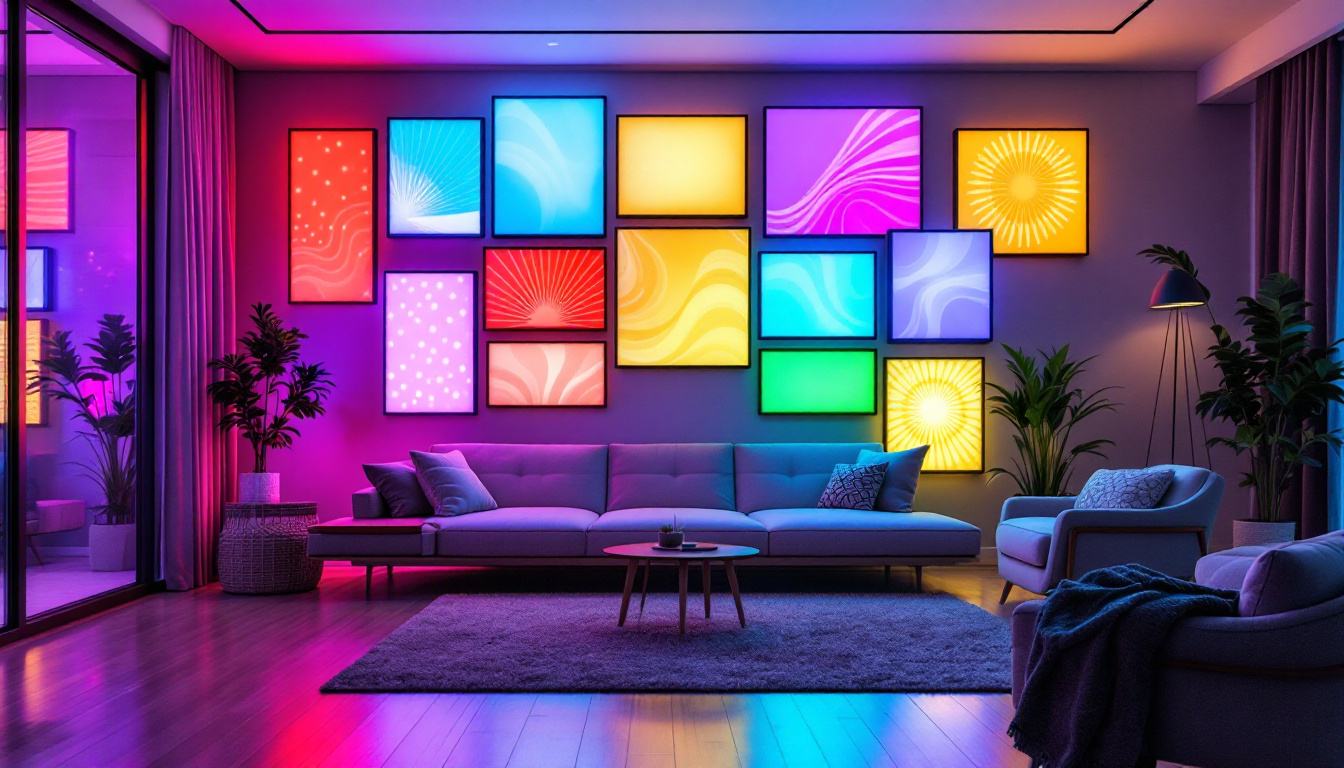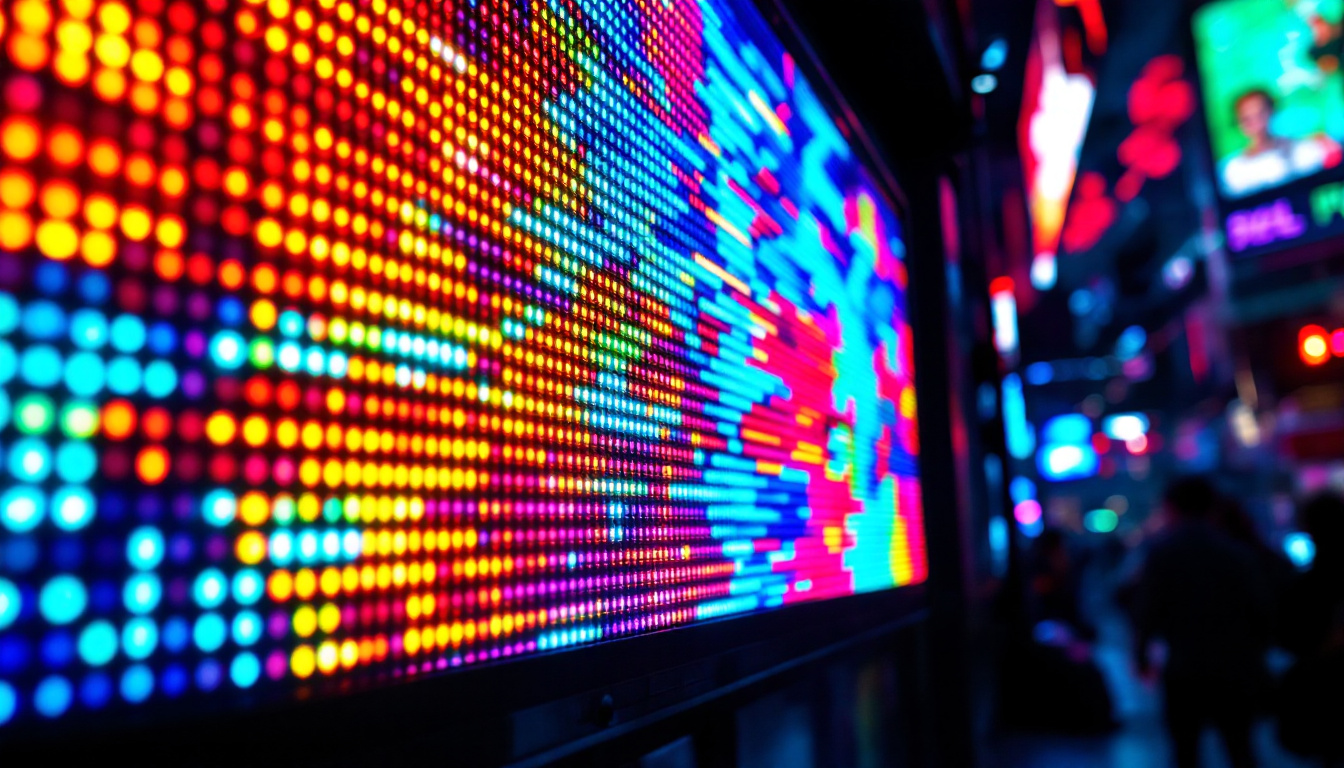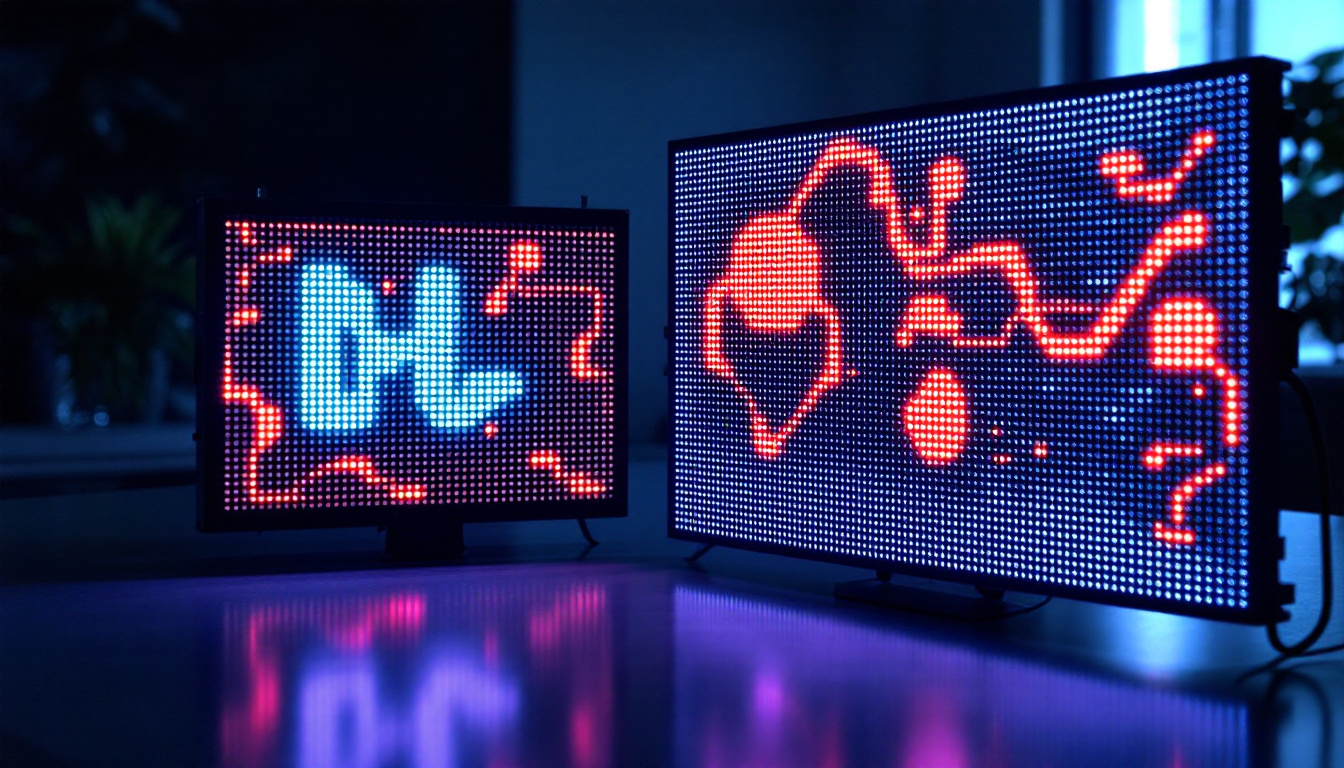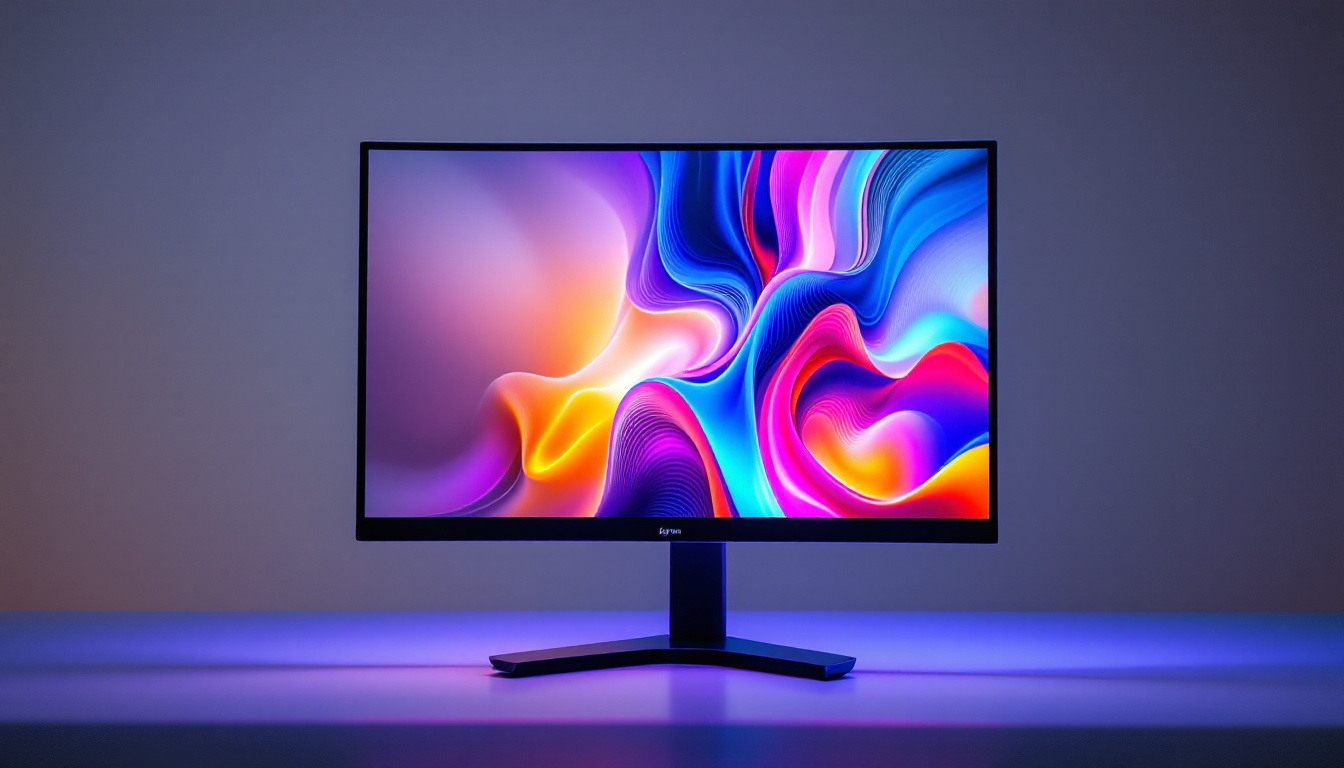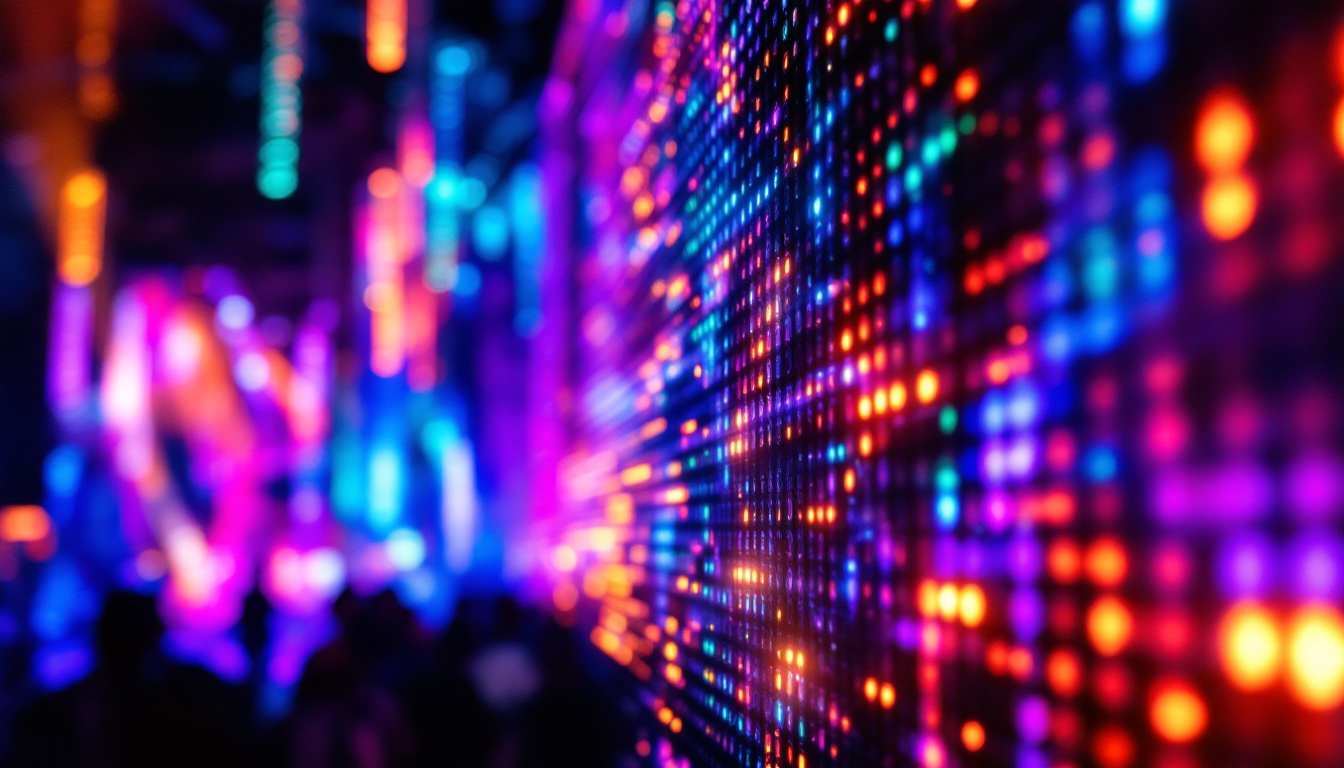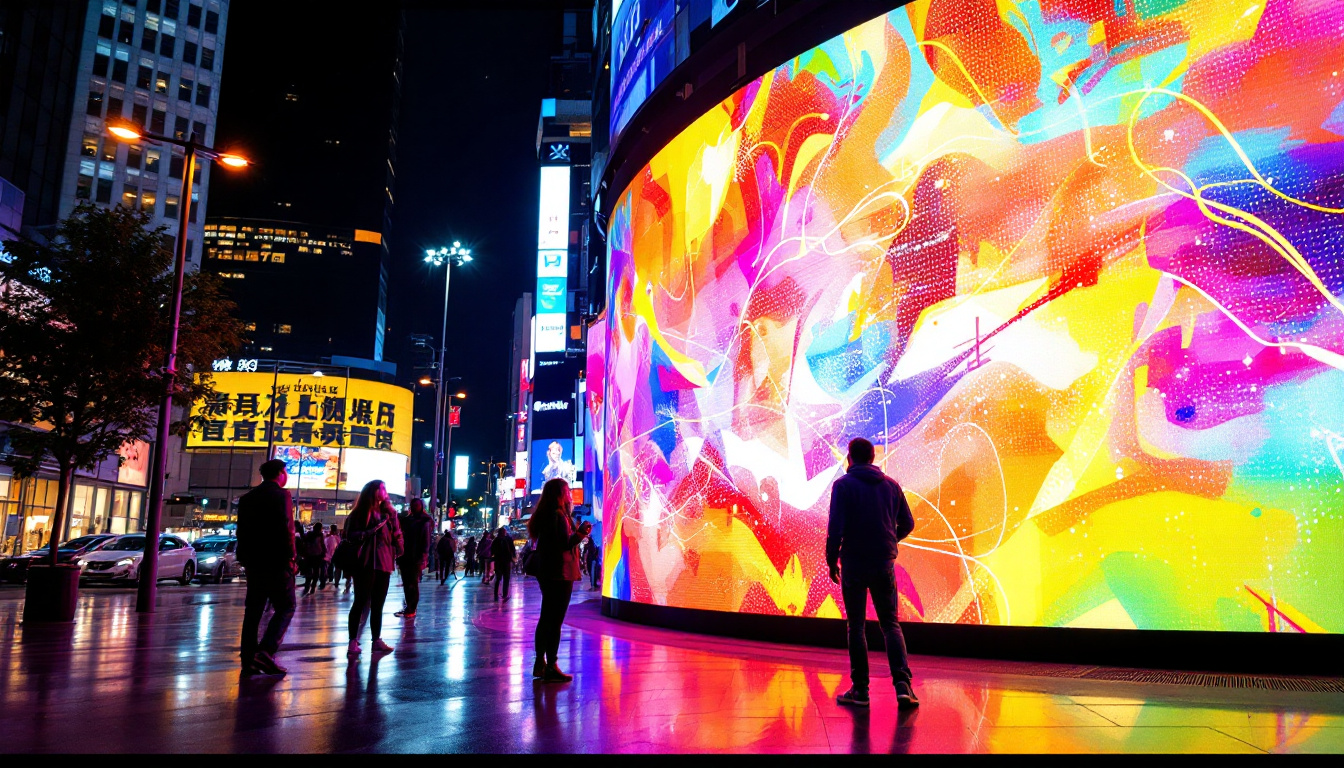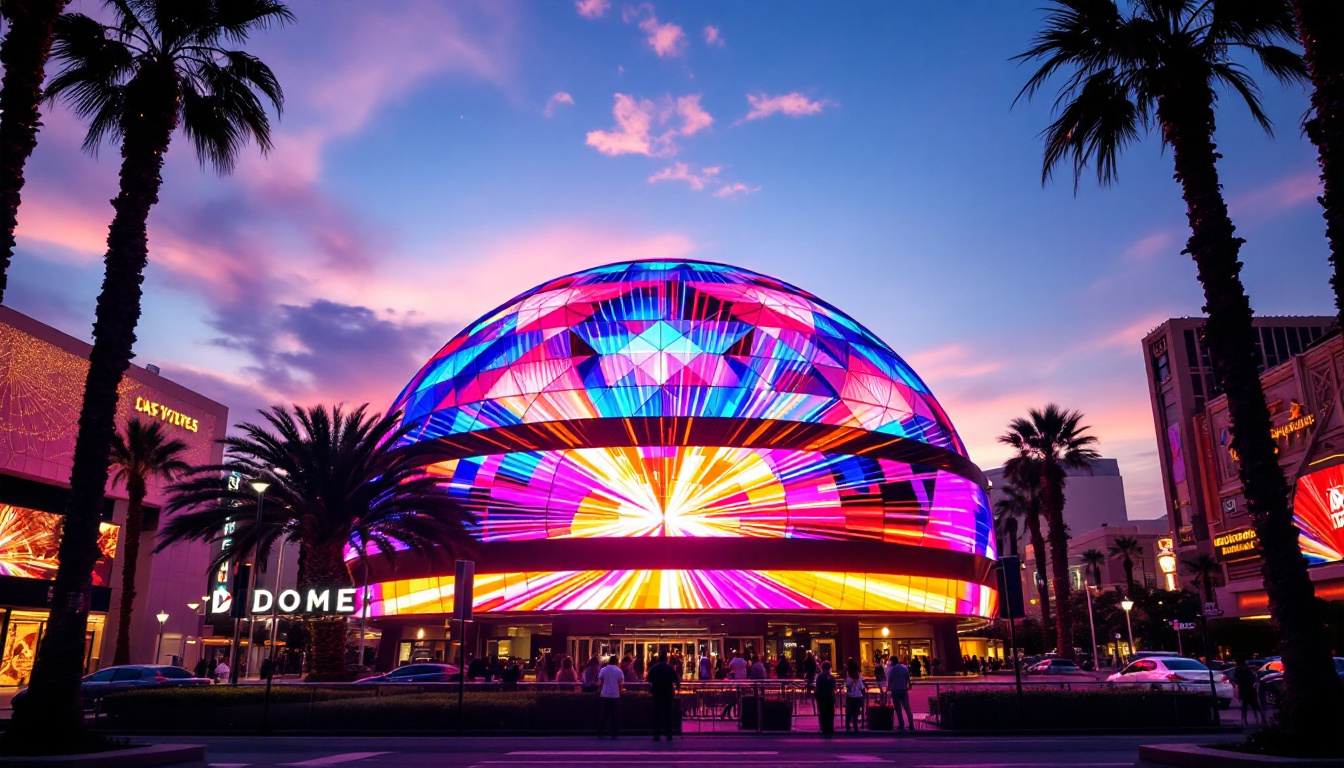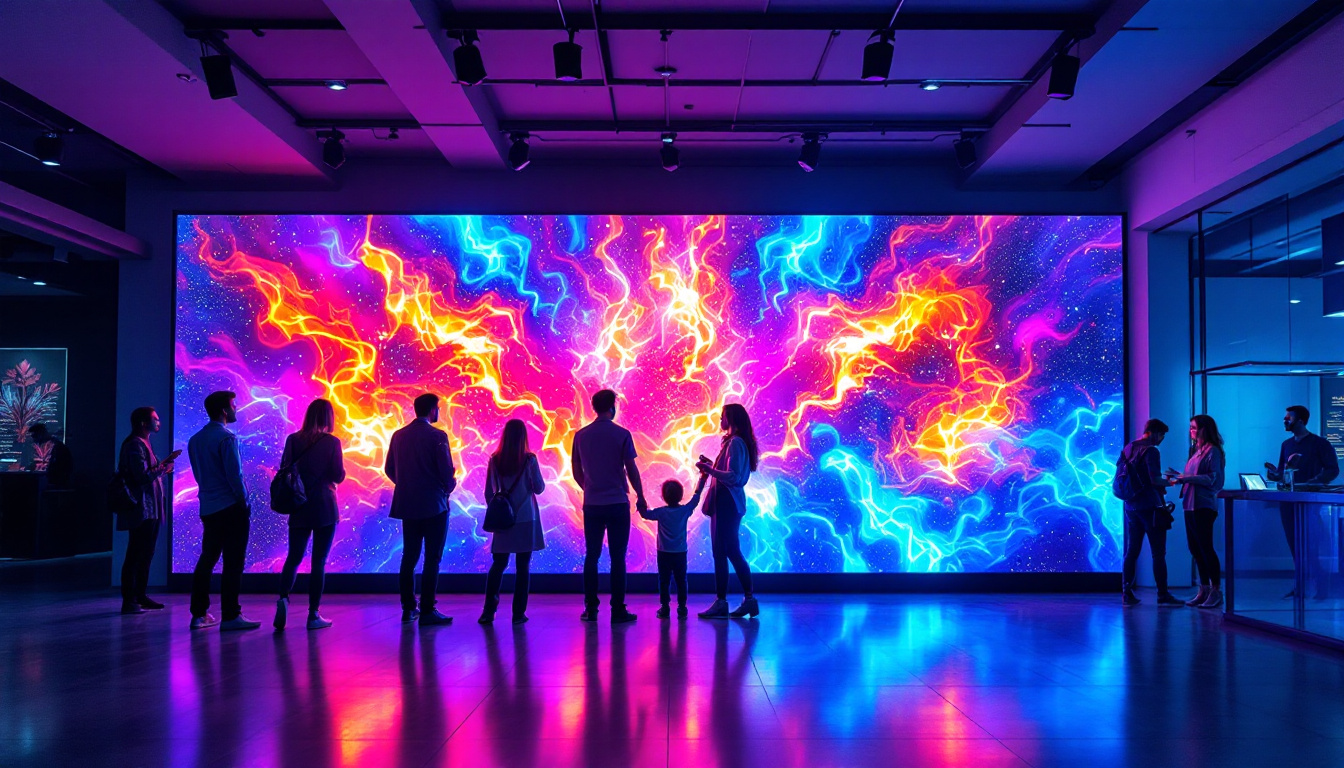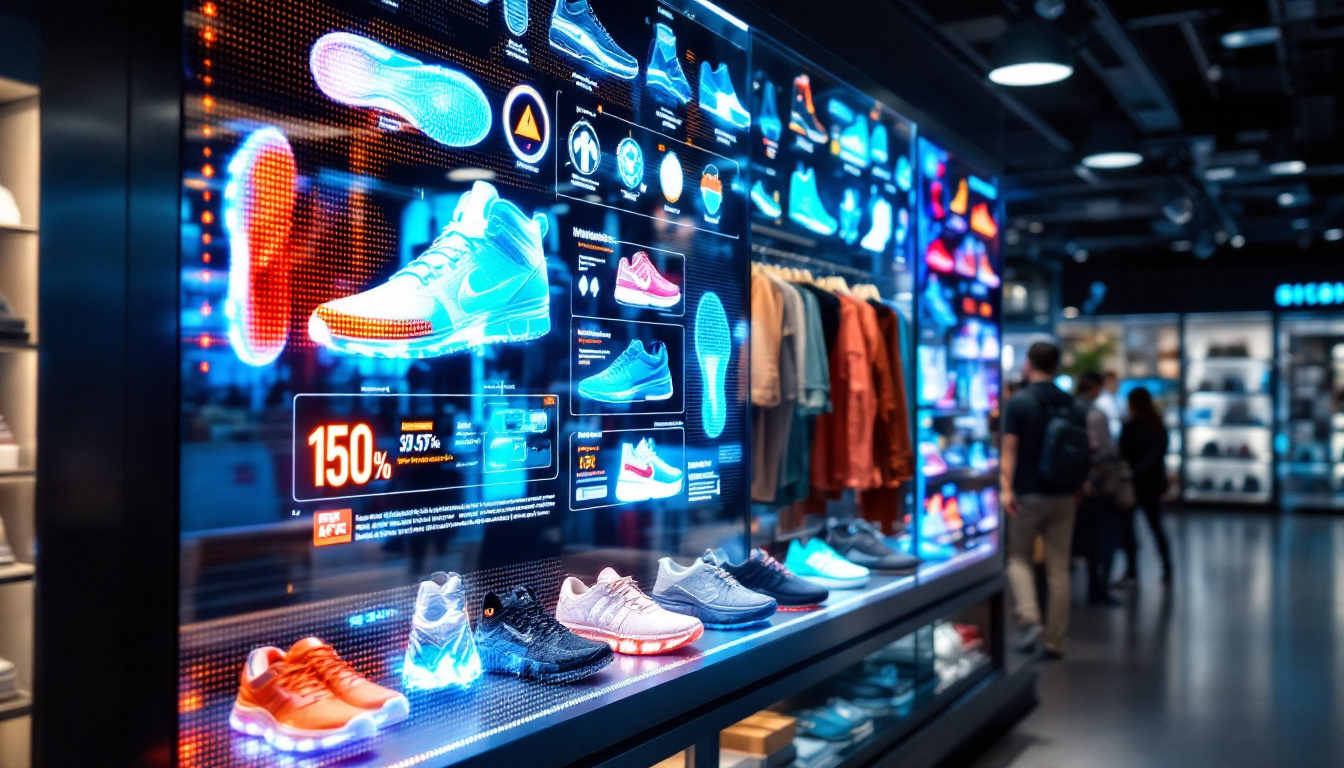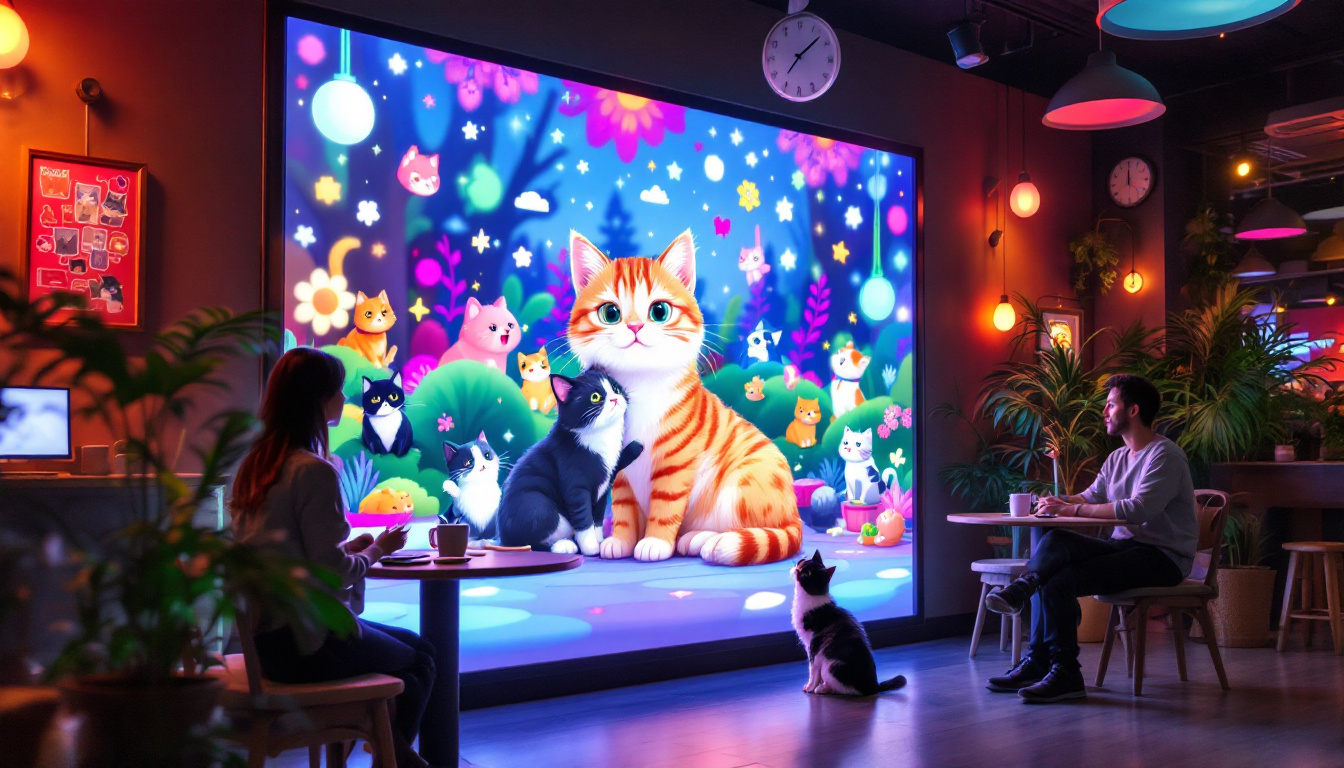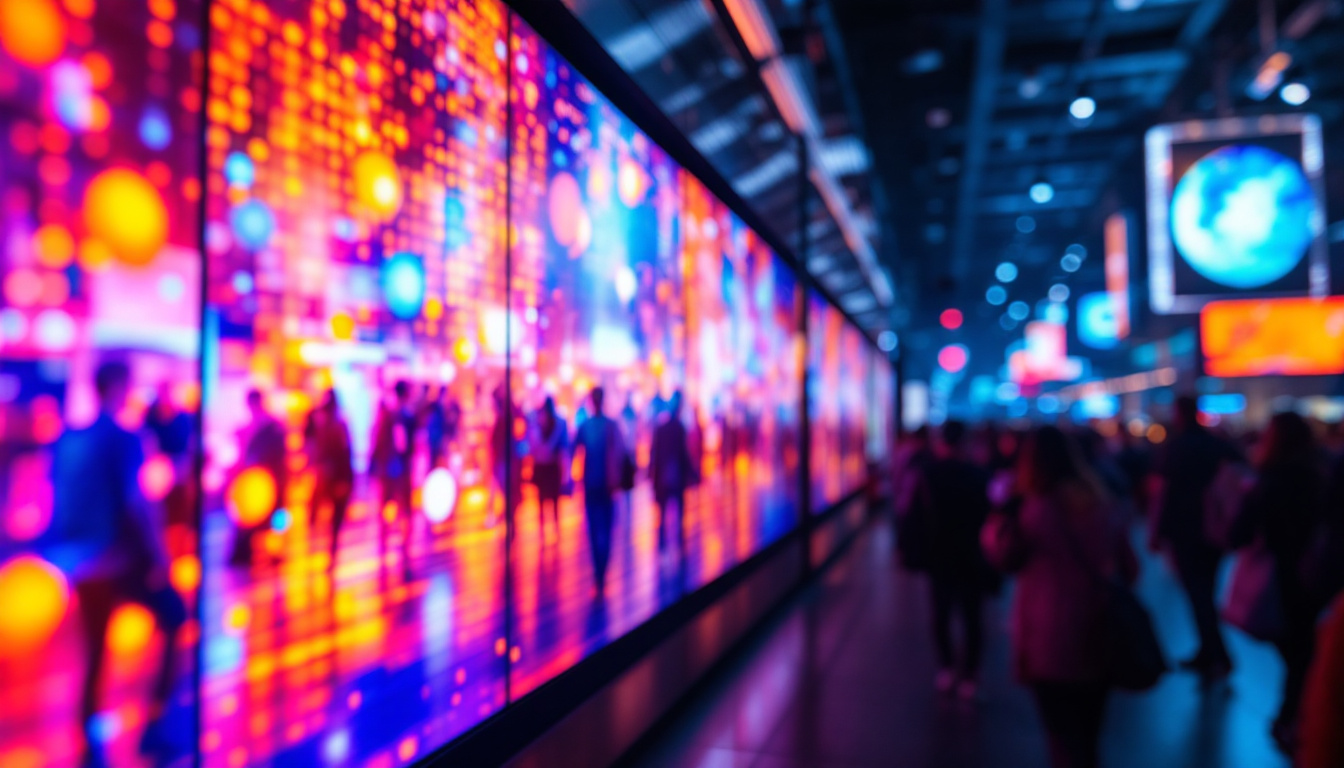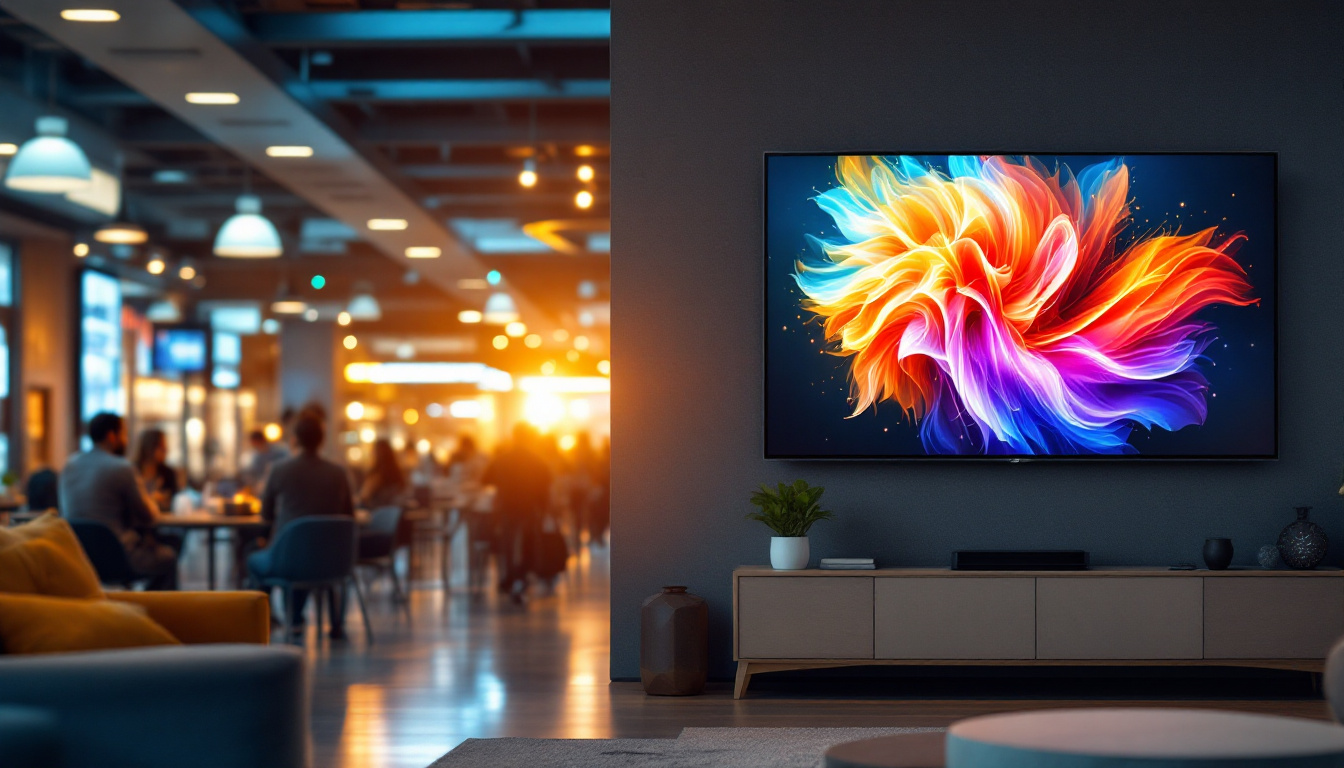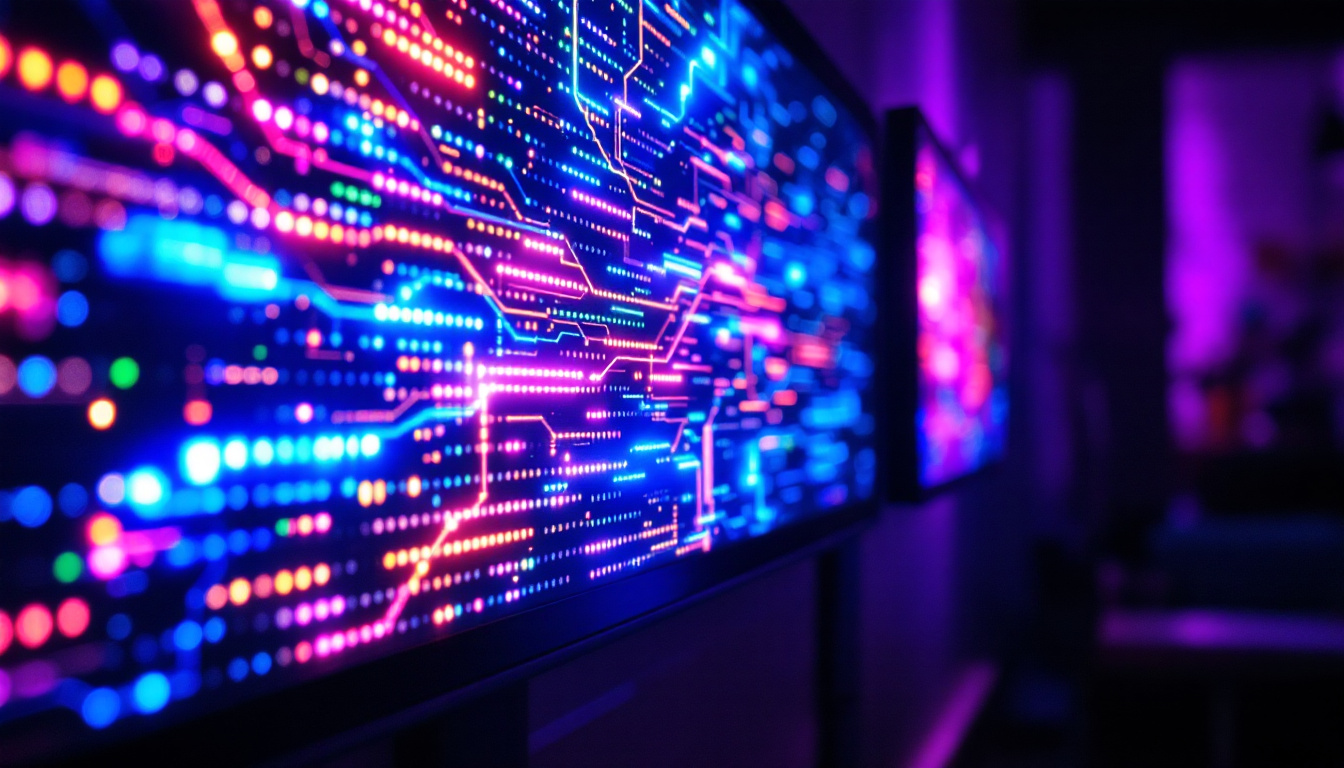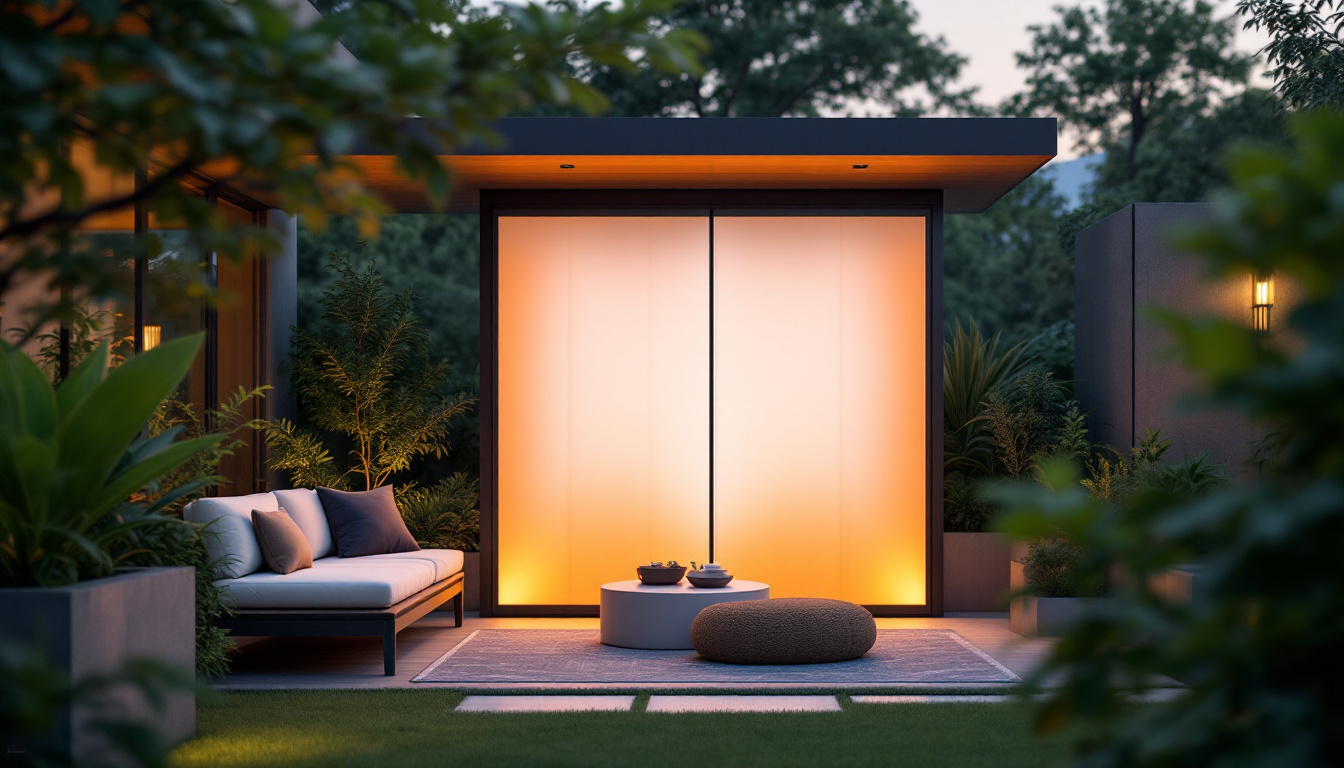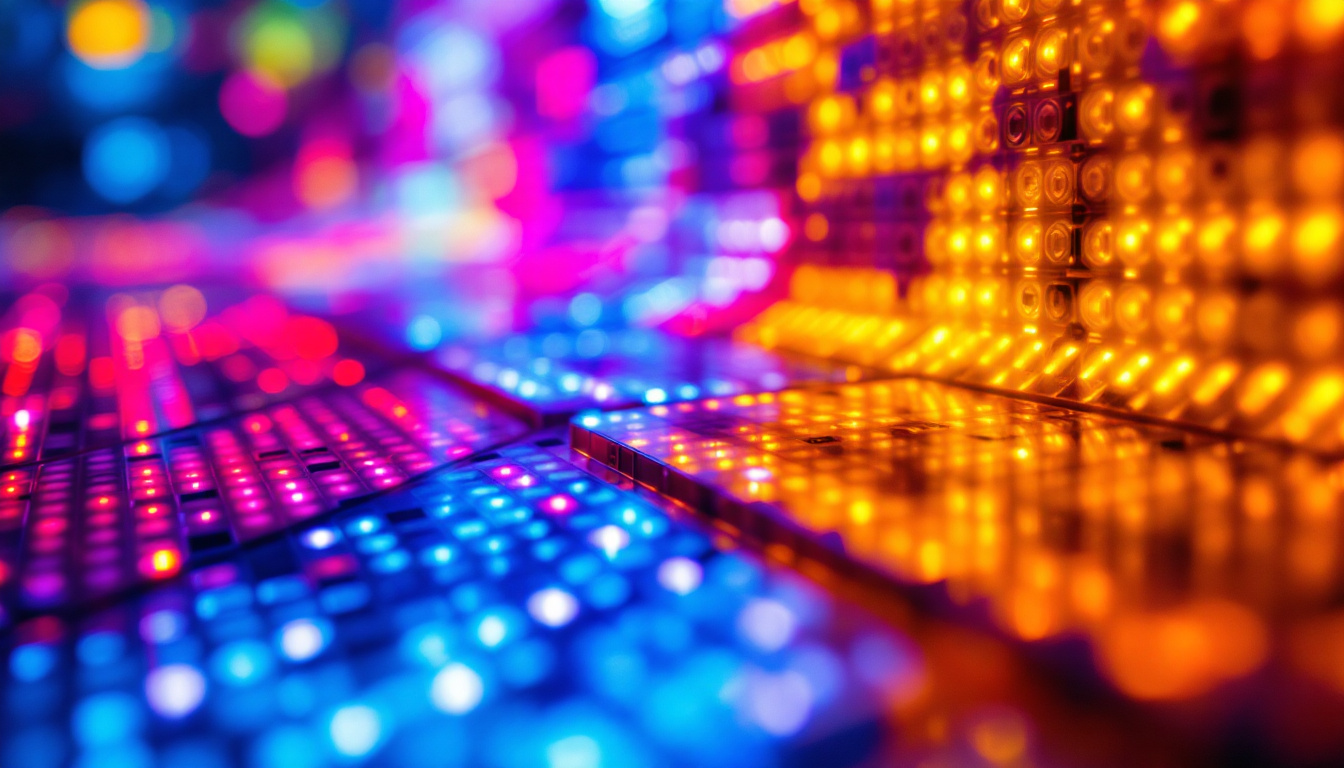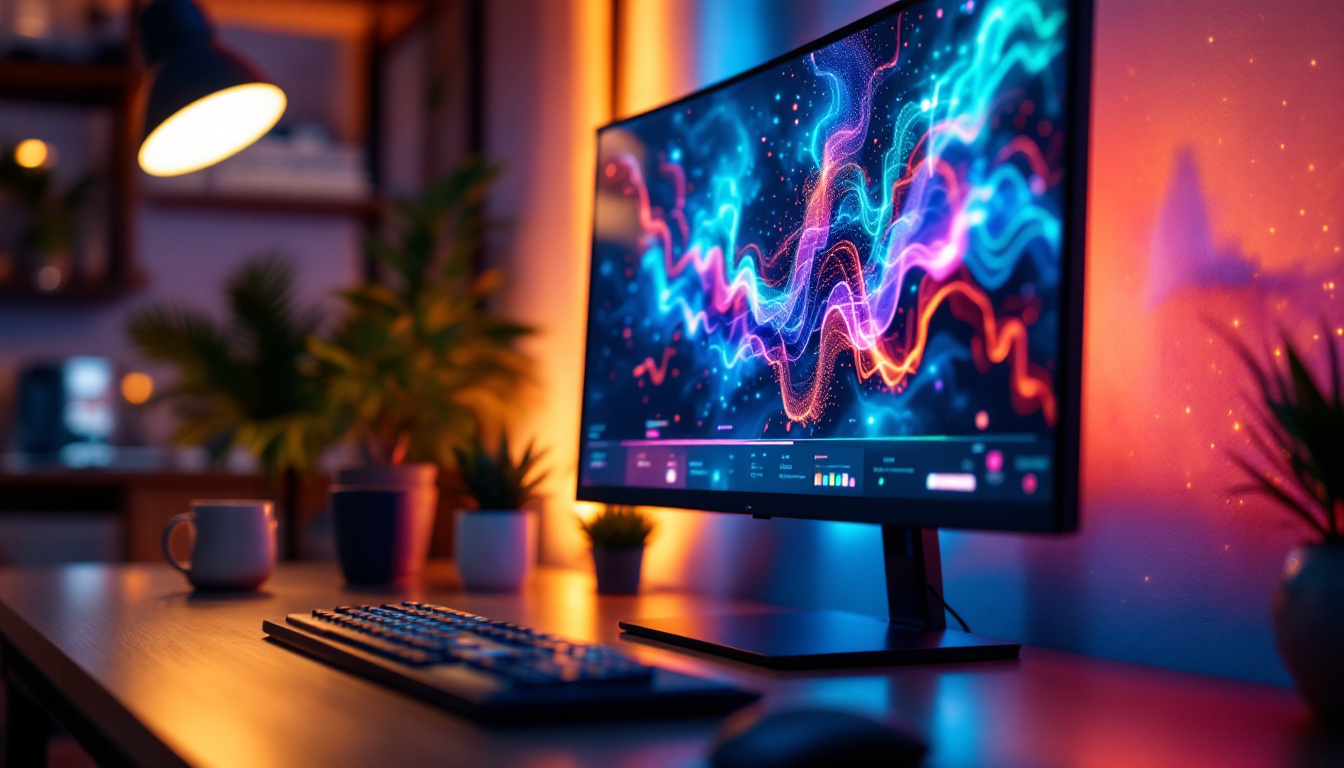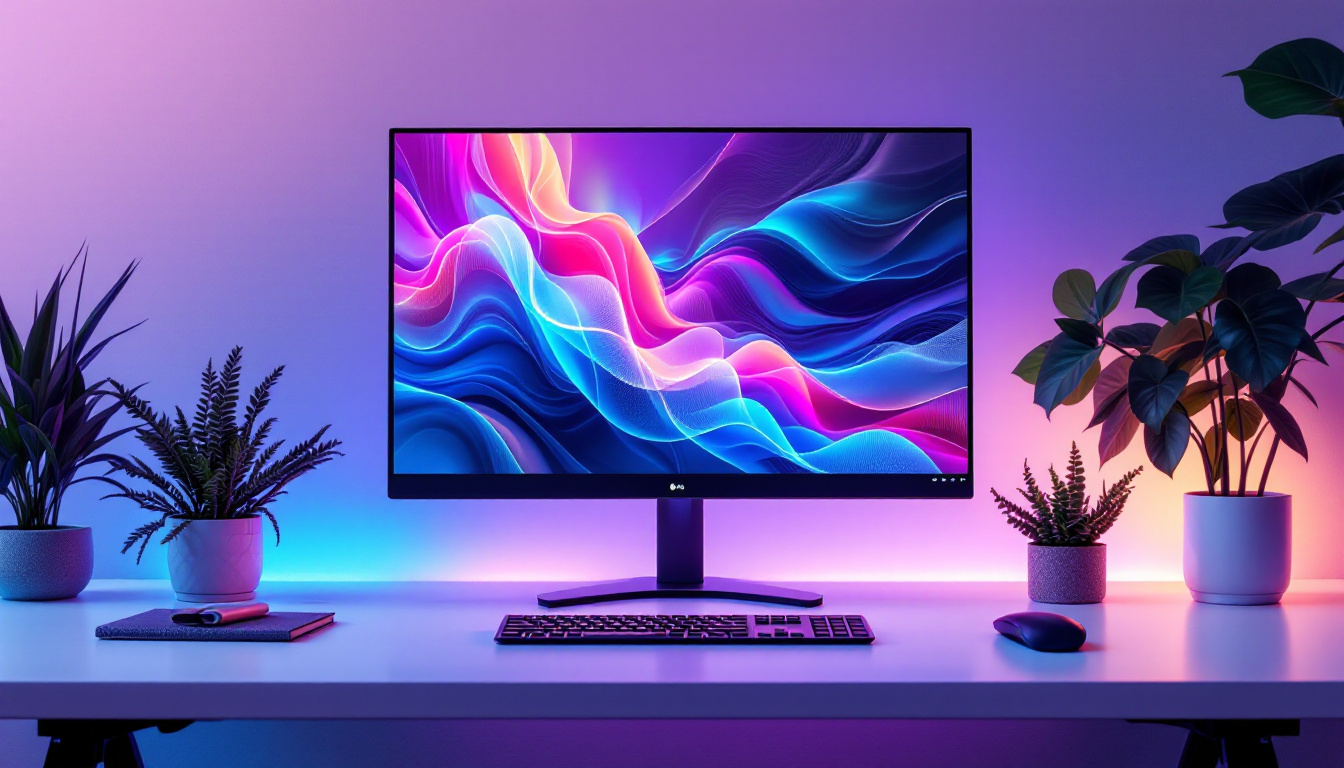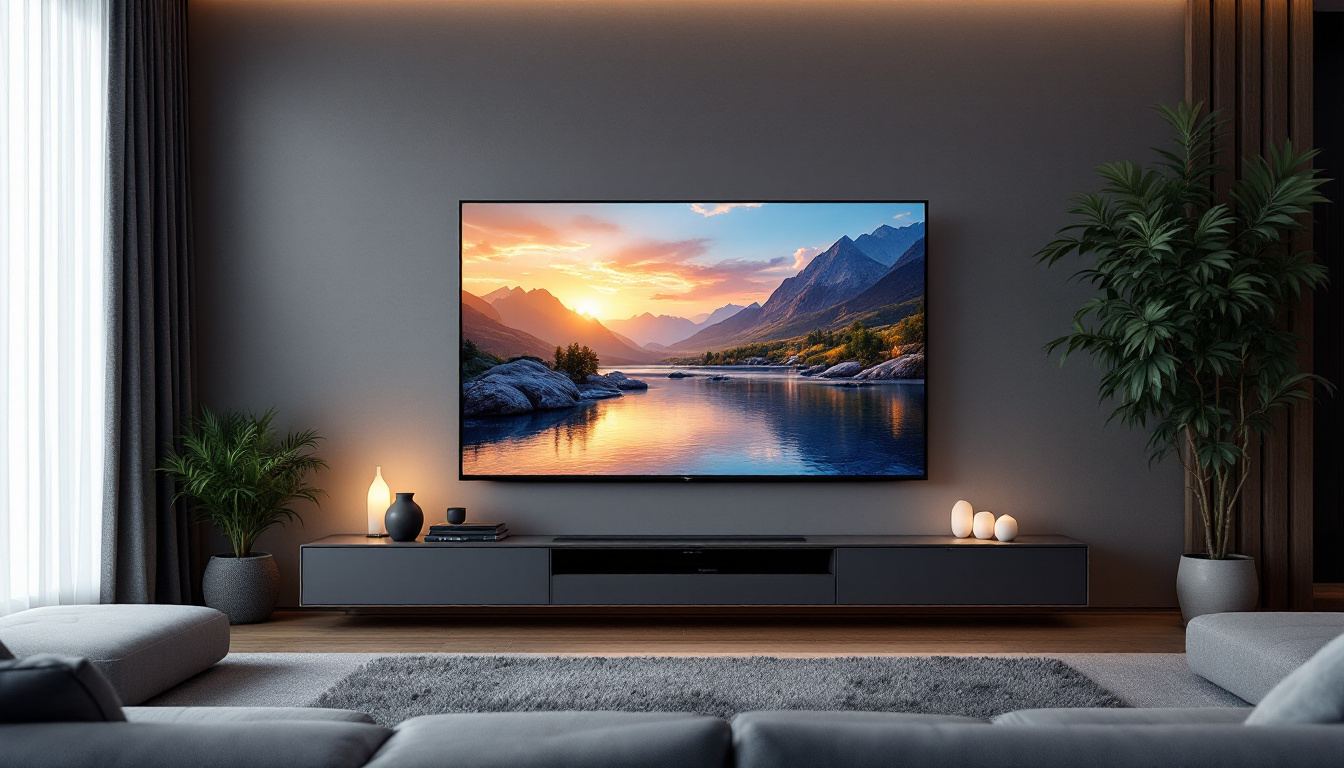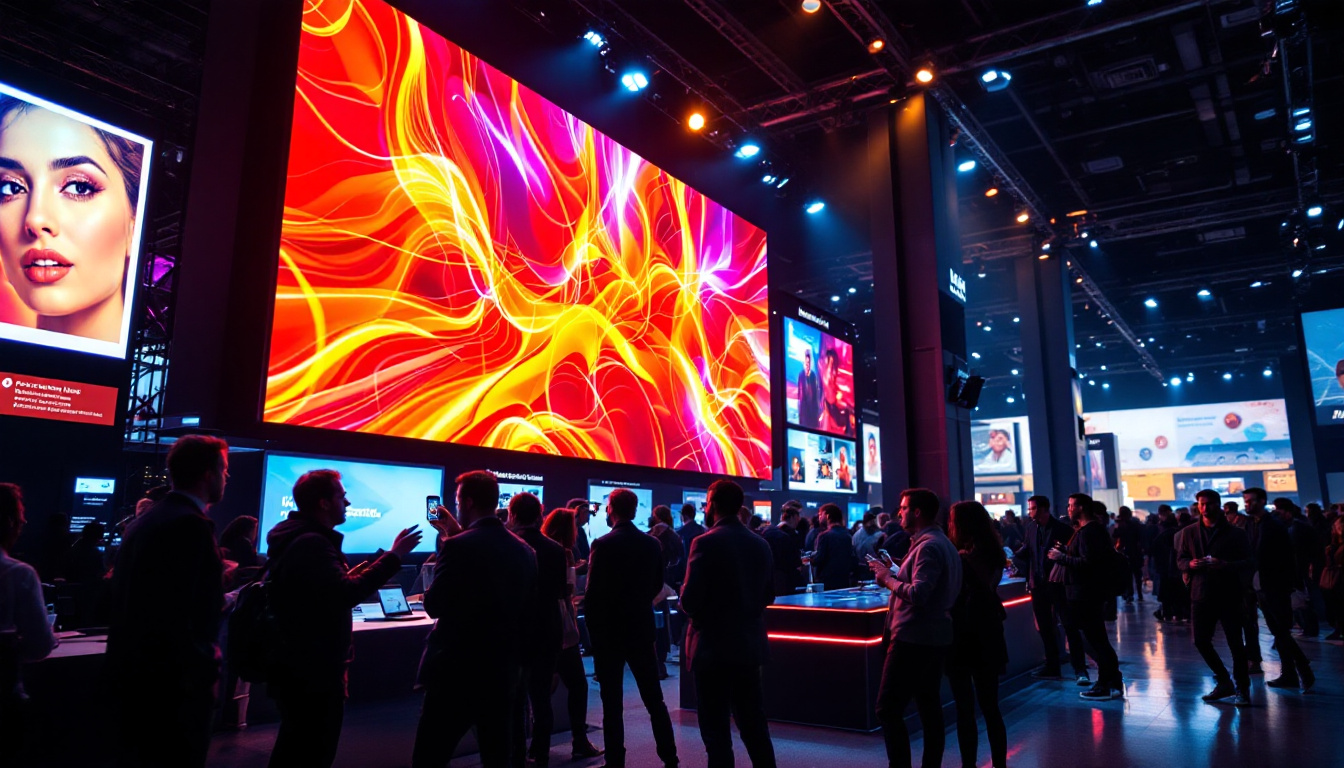The world of digital imaging has undergone significant transformations, particularly with the rise of LED displays. As traditional formats like JPG face obsolescence, understanding the implications of this shift is essential. This article delves into the reasons behind the discontinuation of JPG, the advantages of LED technology, and how these changes impact both consumers and industries.
The Decline of JPG Format
The JPG format, once the gold standard for digital images, has seen a decline in usage due to various technological advancements. As the demand for higher quality images increases, the limitations of JPG become more apparent.
Limitations of JPG
One of the primary drawbacks of JPG is its lossy compression method. While this allows for smaller file sizes, it compromises image quality. When a JPG image is saved, some data is permanently lost, which can lead to artifacts and a lack of detail, especially in high-contrast areas.
Additionally, JPG does not support transparency or a wide color gamut, making it less suitable for modern applications that require high fidelity and versatility. As industries such as graphic design and photography evolve, the need for formats that can handle more complex images becomes crucial.
Furthermore, the JPG format struggles with certain types of images, particularly those with sharp edges or text. When these images are compressed, the loss of detail can result in a blurred or pixelated appearance, which is unacceptable in professional contexts where clarity is paramount. This has led many creators to seek alternatives that maintain the integrity of their work without compromising on quality.
The Shift to Alternative Formats
As a result of these limitations, alternative formats like PNG, TIFF, and even newer ones like HEIF are gaining traction. These formats offer lossless compression, better color accuracy, and support for transparency, making them more appealing for professional use.
Moreover, the rise of high-resolution displays and the need for images that can adapt to various screen sizes have further diminished the relevance of JPG. Users are increasingly seeking formats that can deliver superior quality without sacrificing performance. For instance, HEIF not only reduces file sizes significantly compared to JPG but also supports a wider range of color depths and dynamic range, making it an ideal choice for modern photography and videography.
In addition to these technical advantages, the growing popularity of social media and online platforms has also influenced the shift away from JPG. Many of these platforms now prioritize formats that enhance user experience through faster loading times and improved visual fidelity. As a result, the adoption of formats like WebP, which combines the best features of both JPG and PNG, is on the rise, further solidifying the decline of the traditional JPG format in favor of more advanced alternatives.
Understanding LED Displays
LED (Light Emitting Diode) displays represent a significant advancement in display technology. They are not only energy-efficient but also offer superior brightness and color accuracy compared to traditional LCD and CRT displays. The growing popularity of LED displays can be attributed to their versatility, making them suitable for a wide range of applications, from large outdoor billboards to small handheld devices.
How LED Displays Work
LED displays function by using semiconductor materials that emit light when an electric current passes through them. This technology allows for individual pixels to emit their own light, resulting in deeper blacks and more vibrant colors. The arrangement of these pixels can vary, leading to different types of LED displays, such as RGB (Red, Green, Blue) configurations that blend colors seamlessly for a more immersive viewing experience.
Unlike traditional displays that rely on backlighting, LED technology enables thinner screens and more flexible designs. This has led to the development of ultra-thin televisions, monitors, and even portable devices that can deliver stunning visuals without the bulk. Furthermore, advancements in LED technology have paved the way for innovations like curved screens and transparent displays, which enhance the aesthetic appeal and functionality of devices.
Advantages of LED Technology
One of the most significant advantages of LED displays is their energy efficiency. They consume less power compared to traditional displays, which not only reduces electricity costs but also contributes to a smaller carbon footprint. This efficiency is particularly beneficial in large-scale installations, such as stadiums or shopping malls, where multiple displays are used simultaneously, leading to substantial energy savings over time.
Additionally, LED displays have a longer lifespan. They are less prone to burn-in and other issues that can plague older technologies, making them a more reliable choice for both consumers and businesses. The durability of LED displays also means they can withstand harsher environmental conditions, making them ideal for outdoor use. Many manufacturers now offer weather-resistant models that can operate effectively in various climates, further expanding the versatility of LED technology in different settings.
The Impact of LED Displays on Industries
The transition to LED displays is reshaping various industries, from entertainment to advertising. This technology is not only improving visual experiences but also enhancing how content is delivered and consumed.
In the Entertainment Industry
In the realm of cinema and television, LED displays have revolutionized the viewing experience. With their ability to produce high dynamic range (HDR) content, LED screens can display a wider range of colors and brightness levels, immersing viewers in a more lifelike experience.
Moreover, the flexibility of LED technology has paved the way for innovative setups, such as curved screens and large-scale video walls, which are becoming increasingly popular in theaters and event venues. These advancements not only enhance the aesthetic appeal of the space but also allow for unique storytelling techniques, where visuals can be seamlessly integrated into the environment. For instance, immersive theater experiences often utilize LED backdrops to create dynamic settings that change throughout a performance, captivating audiences in ways that traditional screens cannot.
Advertising and Marketing Innovations
For advertisers, LED displays offer dynamic and eye-catching solutions. Digital billboards and signage can be updated in real-time, allowing for targeted marketing campaigns that can adapt to changing demographics and trends.
Additionally, the high resolution and brightness of LED displays ensure that advertisements stand out, even in bright daylight. This capability has made LED technology the preferred choice for outdoor advertising, where visibility is crucial. Furthermore, the integration of sensors and data analytics with LED displays is enabling advertisers to tailor their messages based on audience engagement and behavior. By utilizing real-time data, brands can optimize their advertising strategies, ensuring that their content resonates with viewers and maximizes return on investment. This level of interactivity not only enhances the effectiveness of advertising but also fosters a deeper connection between consumers and brands, creating a more personalized experience in the crowded marketplace.
Future Trends in Display Technology
As technology continues to advance, the future of display technology looks promising. Innovations are on the horizon that could further enhance the capabilities of LED displays and even introduce new formats. The rapid pace of development in this field suggests that we are on the brink of a revolution in how we consume visual content, with new technologies poised to redefine our viewing experiences.
MicroLED and MiniLED Technologies
MicroLED and MiniLED are emerging technologies that promise to take LED displays to the next level. MicroLED displays utilize tiny individual LEDs to create images, offering unparalleled contrast and color accuracy. This technology has the potential to produce displays that are not only thinner but also more efficient than current LED models. With the ability to achieve brightness levels that far exceed traditional displays, MicroLED technology could transform environments ranging from home theaters to large-scale advertising installations.
MiniLED, on the other hand, uses smaller LEDs in backlighting to enhance traditional LCD displays. This hybrid approach allows for better control over local dimming, resulting in improved contrast ratios and overall picture quality. As manufacturers continue to refine MiniLED technology, we may see it become a standard feature in high-end televisions and monitors, providing consumers with a more vibrant and lifelike viewing experience. Furthermore, the increased energy efficiency of both MicroLED and MiniLED technologies could contribute to more sustainable practices in the electronics industry.
Integration with Augmented and Virtual Reality
As augmented reality (AR) and virtual reality (VR) technologies gain traction, the role of displays will evolve. Future LED displays may integrate seamlessly with AR and VR systems, providing immersive experiences that blend digital content with the real world. This integration could lead to new applications in education, training, and entertainment, where users can interact with digital elements in real-time, enhancing engagement and understanding. Imagine a classroom where students can visualize complex scientific concepts through interactive 3D models projected onto their desks, or a training simulation that allows professionals to practice skills in a safe, controlled environment.
Moreover, the potential for displays to adapt to user preferences and environments is becoming increasingly feasible. With advancements in sensor technology, future displays could automatically adjust brightness, color temperature, and even content based on the surrounding light conditions and the viewer’s distance. This level of personalization would not only enhance user comfort but also optimize the viewing experience for various applications, from gaming to professional presentations. As we look ahead, the fusion of display technology with AR and VR could redefine how we interact with digital content, making it more intuitive and immersive than ever before.
Conclusion: Embracing Change in Digital Imaging
The discontinuation of the JPG format marks a significant turning point in the world of digital imaging. As industries transition to more advanced formats and display technologies, it is essential to embrace these changes to stay relevant and competitive.
LED displays are at the forefront of this transformation, offering numerous advantages that cater to the demands of modern consumers and businesses alike. By understanding the implications of these advancements, stakeholders can make informed decisions that will shape the future of digital imaging and display technology.
As the landscape continues to evolve, staying informed about emerging trends and technologies will be crucial for anyone involved in digital media, whether as a consumer, creator, or industry professional.
Explore the Future of Visual Technology with LumenMatrix
As we embrace the new era of digital imaging and display technologies, LumenMatrix stands at the vanguard, offering an array of innovative LED display solutions. From Indoor and Outdoor LED Walls to specialized displays for Vehicles, Sports, and even Custom configurations, LumenMatrix is dedicated to revolutionizing visual communication. Enhance your brand’s visibility and captivate your audience with our cutting-edge LED display modules. Check out LumenMatrix LED Display Solutions today and step into the future of engaging, impactful visual experiences.

